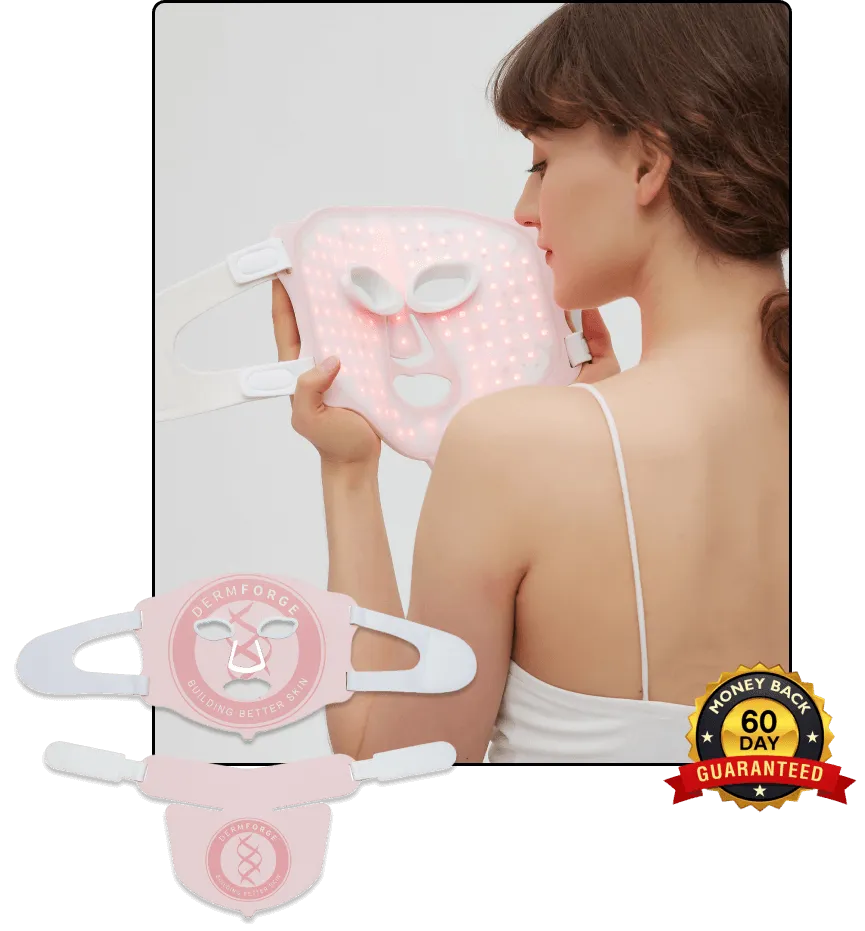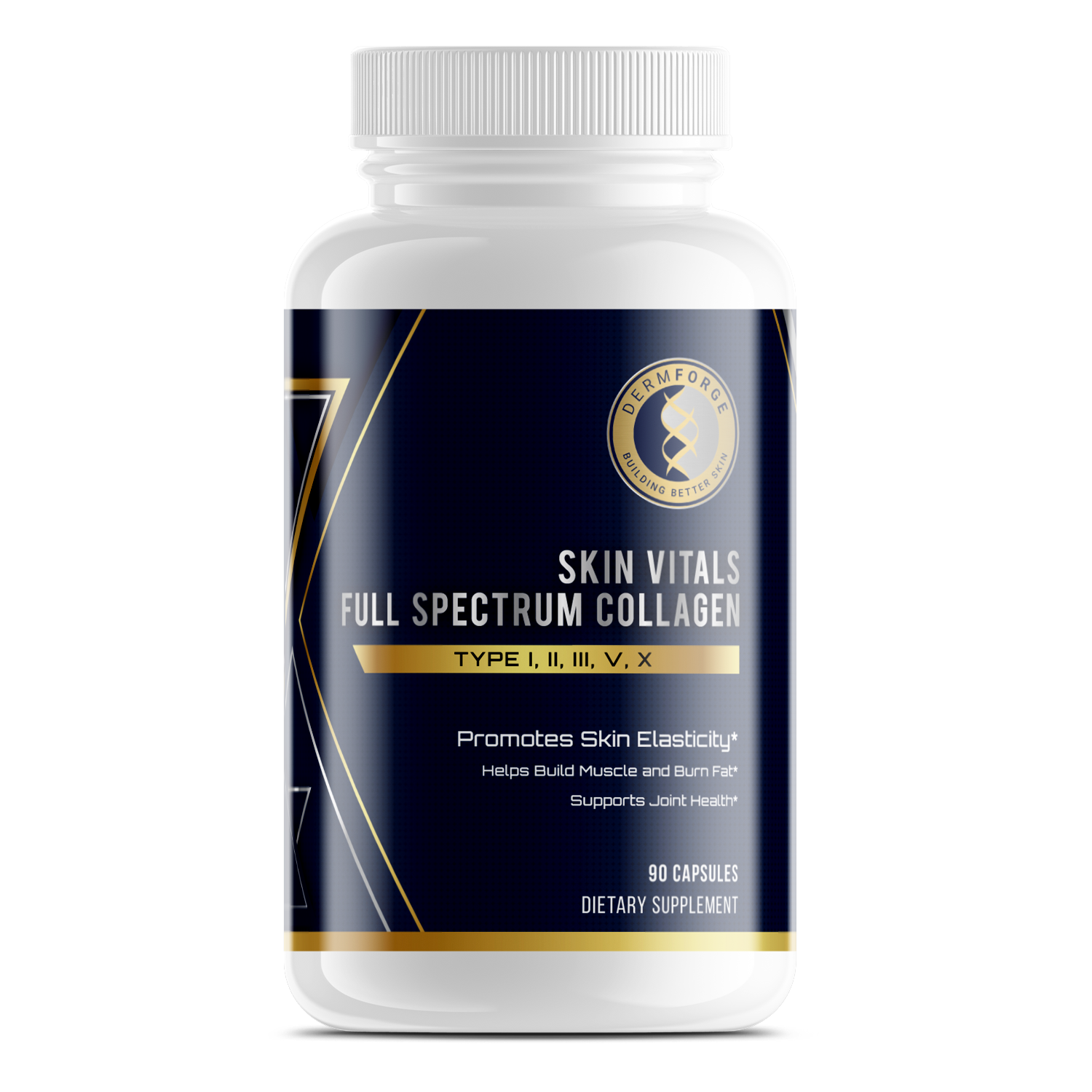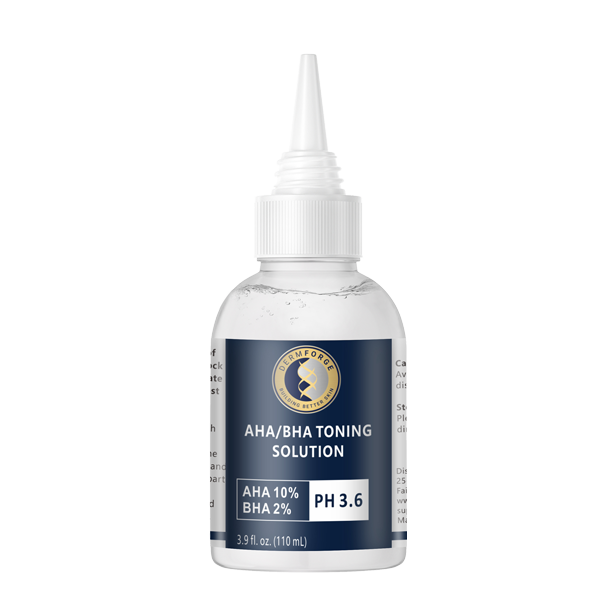
We’ve all heard it: sunscreen is an absolute must if you want to protect your skin and keep it looking its best. But let’s face it—choosing the right sunscreen can be overwhelming, especially if you’re dealing with acne-prone or sensitive skin.
If you’ve ever wondered why your sunscreen feels heavy or leaves your face feeling like an oil slick, you’re not alone. This is where non-comedogenic sunscreens come in handy.
Not sure where to start when it comes to non-comedogenic sunscreens? We’ll be breaking it down below so that you can find a product that protects your skin without clogging your pores. Let’s get started!
What Does Non-Comedogenic Mean?
This is a good question. Simply put, non-comedogenic products are specifically designed not to clog your pores. (Think of it as a “no-blockage guarantee.”) If your skin leans toward the oily, acne-prone, or sensitive side, this term should be on your radar.
Here’s why: clogged pores are a one-way ticket to breakouts. When your pores get blocked — by makeup, oil, or skincare products — it can lead to blackheads, whiteheads, and even pimples. Non-comedogenic products minimize the risk of this happening, so they’re a lifesaver for people with acne-prone skin.
Why Should You Care About Non-Comedogenic Sunscreens?
If you’re thinking, “Why bother with a special sunscreen when any old sunscreen with an SPF of 30 or higher will do?”, here’s what you need to keep in mind: traditional sunscreens can sometimes contain heavy oils or ingredients that are more likely to clog pores, especially if you already have oily skin or acne-prone skin.
Non-comedogenic sunscreens are lighter and formulated with ingredients that are less likely to trigger breakouts. They protect your skin from the sun’s harmful UV rays without leaving it feeling greasy or causing clogged pores.
You’ve got to keep the bigger picture in mind when it comes to sunscreen: sunscreen is your first line of defense against skin cancer, premature aging, and sunburn. Even if you have breakout-prone skin, skipping sunscreen just isn’t an option.
How Do You Know if a Sunscreen is Non-Comedogenic?
Always check the product label! Look for descriptors like “non-comedogenic,” “oil-free sunscreen,” or “won’t clog pores.” You shouldn’t stop there, though — make sure to take a look at the ingredient list. Some common non-comedogenic ingredients include:
Zinc oxide and titanium dioxide
Zinc oxide and titanium dioxide are physical sunscreen ingredients that sit on top of the skin and reflect UV rays. They’re gentle, which means they’re especially great for sensitive skin. These ingredients are also less likely to cause skin irritation.
Hyaluronic acid
Hyaluronic acid is an important ingredient that keeps your skin hydrated and plump. Not only does it help to prevent dryness, but it also ensures that the sunscreen glides on smoothly and evenly. This makes it a fantastic option for people with dry or sensitive skin who often find sunscreens irritating.
Salicylic acid
Sometimes included in sunscreens that are specifically made for acne-prone skin, this ingredient helps fight breakouts while protecting you from the sun. Be wary of ingredients like coconut oil or heavy emollients, which can be more pore-clogging for oily or acne-prone skin types.
What’s the Difference Between Physical and Chemical Sunscreens?
If you’re shopping for sunscreen, you’ve probably come across the terms “physical sunscreen” and “chemical sunscreen.” But what’s the difference? And which one is better for acne-prone or sensitive skin? Let’s break it down below:
Physical sunscreens
Physical sunscreens use ingredients like zinc oxide or titanium dioxide to physically block UV rays. They’re often non-comedogenic and great for sensitive skin, but they can sometimes leave a white cast.
Chemical sunscreens
Chemical sunscreens absorb UV rays and convert them into heat. They’re lightweight and easy to blend but might not be the best option if you have highly sensitive or reactive skin.
How to Use Sunscreen Without Triggering Breakouts

Using the right sunscreen is important, but how you apply it matters, too. If you're prone to breakouts, the wrong technique can lead to clogged pores, irritation, or even acne flare-ups. But don’t worry — these tips will help you keep your skin protected and clear of acne:
Start with a clean face
Applying sunscreen on dirty skin is like painting on a dusty canvas — it’s not going to look great, and it definitely won’t help your skin. Before reaching for your sunscreen, wash your face thoroughly with a gentle, non-comedogenic cleanser.
This step removes makeup, sweat, and dirt, ensuring that your sunscreen sits directly on your skin instead of mixing with debris that could clog pores. If you’ve been working out or sweating, this step becomes even more important.
Don’t skip moisturizer
Think oily skin doesn’t need a moisturizer? Think again. Even if your face feels or looks shiny, it still needs hydration to keep its barrier healthy. Skipping this step can actually make your skin overproduce oil, leading to — you guessed it — more breakouts.
Opt for a lightweight, non-comedogenic moisturizer, and let it fully absorb before applying sunscreen. This creates a smooth, hydrated base and reduces the risk of your sunscreen feeling heavy or greasy.
Use the right amount
Here’s where a lot of people go wrong: applying too little sunscreen. It’s tempting to use just a pea-sized amount to avoid that greasy feeling, but that won’t give you the protection you need.
A nickel-sized dollop is the perfect amount for your face. If you’re applying to your neck and ears (which you absolutely should), use a little extra. Remember, sunscreen only works if you use enough of it to create a proper shield against the sun’s UV rays.
Reapply regularly
Applying sunscreen once in the morning is a good start, but it won’t cut it if you’re spending time outdoors, sweating, or swimming. Sunscreen wears off, and to keep your skin protected, you need to reapply every two hours.
Yes, it might feel like a hassle, but your skin will thank you in the long run. If you’re wearing makeup, there’s no need to panic. Try using a powder or spray sunscreen for touch-ups.
Choose the right sunscreen for your routine
If you’re worried about reapplication throughout the day, look for non-comedogenic sunscreens that are easy to layer. Gel-based or lightweight formulations are great for touch-ups because they don’t leave a white cast or feel heavy.
If you’re a fan of physical sunscreens with zinc oxide or titanium dioxide, consider options with a matte finish. This will help control shine while also protecting your skin.
Avoid overloading your skin
Layering too many products can overwhelm your skin and lead to clogged pores. If your skincare routine includes serums, toners, or acne treatments, give each product time to absorb before applying the next.
Sunscreen should always be your last step in your morning routine, so that it can sit on top of your skin and act as a protective shield.
Be gentle with your skin
When applying sunscreen, use your fingertips and gently pat or massage the product into your skin. Avoid rubbing aggressively, as this can irritate sensitive or acne-prone areas. If you’re reapplying throughout the day, don’t forget to clean your hands first to avoid transferring dirt or bacteria to your skin.
What About the Infamous White Cast?
Let’s talk about one of the biggest complaints when it comes to physical sunscreens: the dreaded white cast. This happens because ingredients like zinc oxide and titanium dioxide sit on top of the skin rather than being absorbed. The good news is that many modern formulations are tinted or sheer, so you can avoid a white cast.
Are Non-Comedogenic Sunscreens Guaranteed to Prevent Acne Breakouts?
Not quite. While non-comedogenic sunscreens are less likely to clog pores, they aren’t a “cure” for acne-prone skin. Everyone’s skin reacts differently, so if you notice more breakouts after trying a new sunscreen, it may be worth switching to another formula.
Remember, also, that acne has many causes — hormones, bacteria, or even diet — so sunscreen is just one piece of the puzzle. You can also use an LED light therapy mask to treat your acne with blue light.
Blue light is known to improve acne and blemishes as it helps destroy the P.acnes bacterium primarily responsible for producing acne.
FAQs About Non-Comedogenic Sunscreens
Are non-comedogenic products always oil-free?
Not necessarily. While many are oil-free, some non-comedogenic products use lightweight oils that don’t clog pores.
Can I skip sunscreen if I have oily skin?
Nope! Even oily skin needs protection. Opt for a matte, oil-free sunscreen to avoid extra shine.
Do I need sunscreen indoors?
Yes! UV rays can penetrate windows, so even if you’re indoors, applying sunscreen is an absolute must.
How do I know if a sunscreen is making me break out?
If you notice more clogged pores, blackheads, or whiteheads after using a new sunscreen, it might not be the right fit for your skin.
Conclusion
Choosing a non-comedogenic sunscreen isn’t just about protecting your skin from the sun — it’s about doing so without compromising your skin’s health. Whether you’re struggling with breakouts, dealing with oily skin, or just trying to keep things simple, there’s a non-comedogenic sunscreen out there for you.
Upgrade your skincare routine with LED Mask therapy – the benefits of a non-comedogenic sunscreen and blue light therapy will come together to provide you with a soft, supple and blemish-free skin! Check out the LED Masks here.






